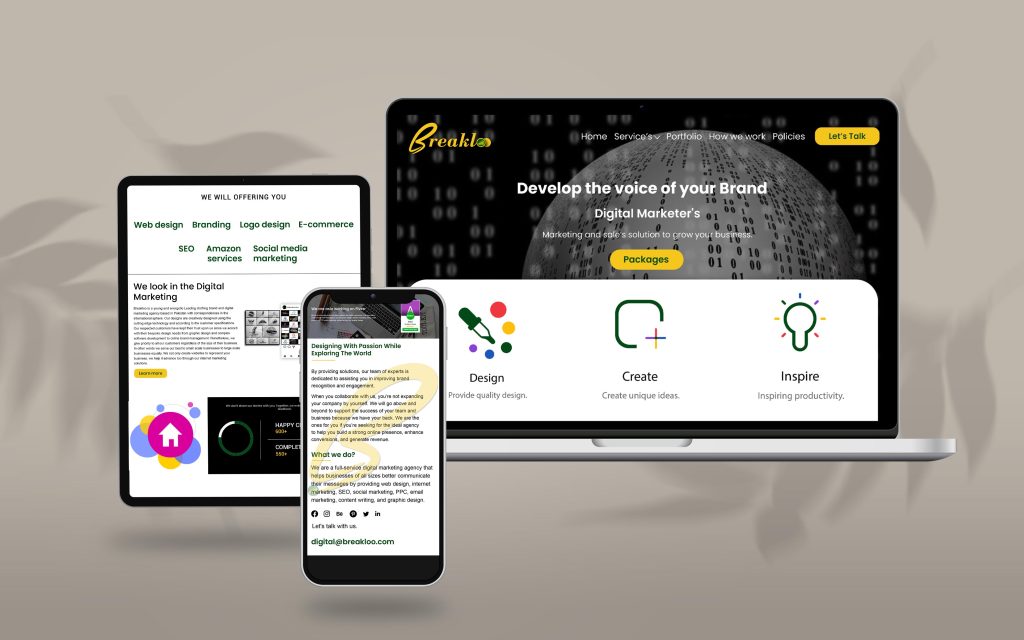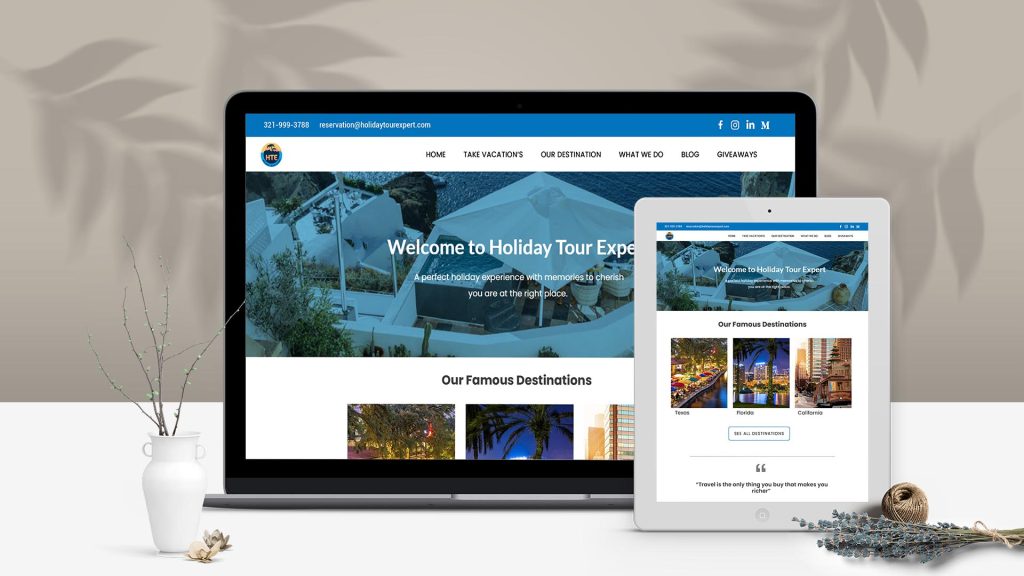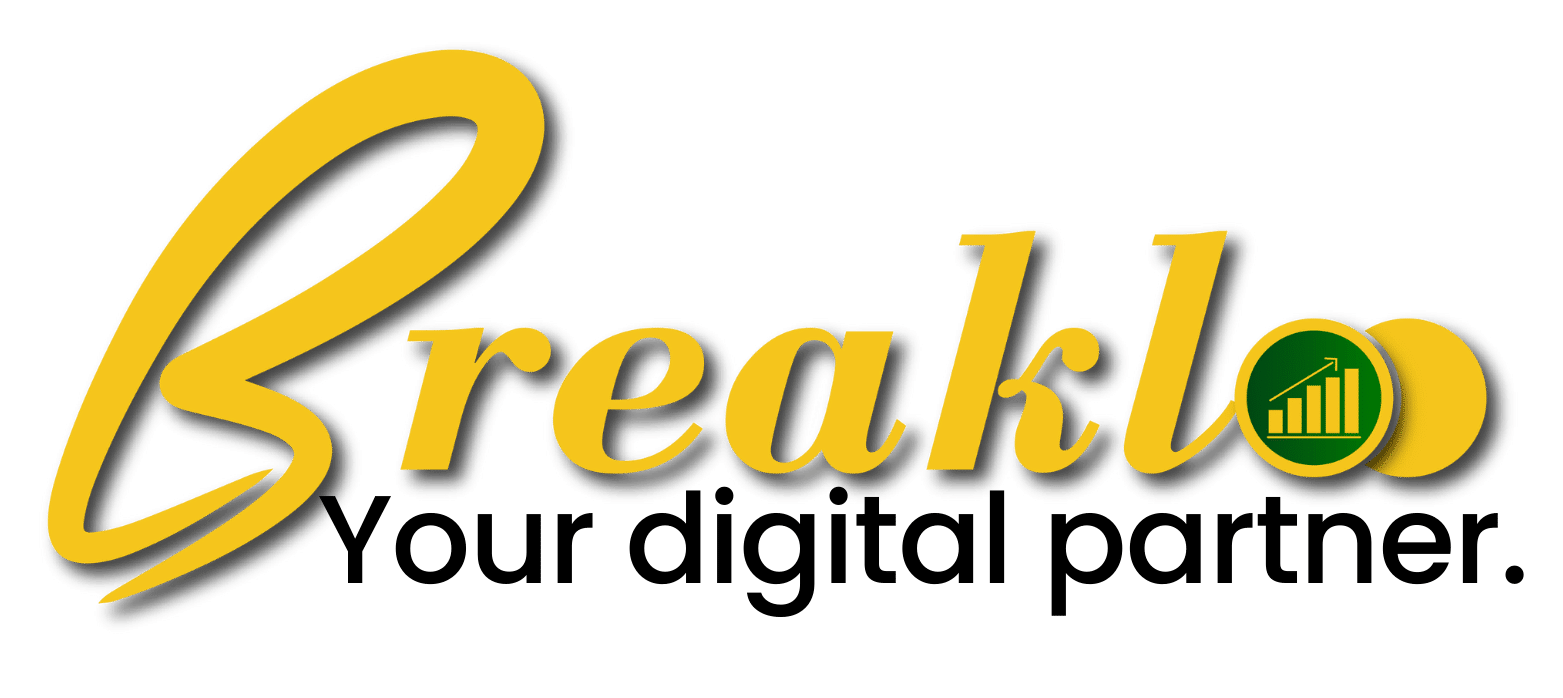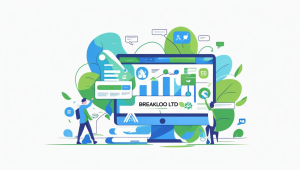Complete Guide on Mastering the Art of Cost Per Lead (CPL) in 2024
If you need further assistance or have any more questions, feel free to ask!
Cost Per Lead (CPL) is an essential campaign performance statistic in the constantly shifting world of digital marketing, where every click and conversion has significant value. As a compass that leads advertisers through the complex world of online advertising, CPL reveals the way to prospective consumer acquisition. Understanding cost per lead (CPL) overall significance and recognizing its revolutionary function in the field of digital marketing becomes imperative as we set out to master the technique in 2024.
Importance of Cost Per Lead (CPL) in Digital Marketing
Basically, cost per lead is the amount of money needed to purchase a lead, or a potential client who has expressed interest in a good or service. Cost per lead (CPL) provides a concrete indicator of how cost-effective a marketing campaign is in producing leads with the potential to become paying customers, in contrast to other metrics that just consider clicks or impressions. Cost per lead (CPL) is an essential statistic for companies of all sizes since it is, in essence, the turning point that links marketing initiatives to visible business effects.
Cost per lead (CPL) is becoming a more important KPI as companies shift their focus to digital channels for customer acquisition. It gives advertisers the ability to evaluate the effectiveness of their campaigns, wisely spend resources, and improve tactics to increase return on investment.
The Evolving Landscape of Cost Per Lead (CPL) in 2024 and Its Significance for Businesses
As we reach 2024, changes in consumer behavior, innovations in technology, and new developments in digital marketing will all contribute to the cost per lead (CPL) landscape’s continued rapid transformation. In an age where decision-making is driven by data and hyper-personalization, the importance of cost per lead (CPL) for organizations is increased.
By 2024, cost per lead (CPL) will have evolved from a simple statistic to a strategic tool that helps companies navigate the complexities of a complex and highly-competitive digital economy. The way marketers handle lead generation has changed as a result of the introduction of artificial intelligence, the development of new advertising platforms, and improved targeting capabilities. Enterprises that comprehend and adjust to these shifts acquire a competitive advantage, utilizing cost per lead (CPL) as a flexible instrument to maintain a lead in the competition for client interest and allegiance.
Must Read: Cost Per Lead Formula With Example

Understanding Cost Per Lead (CPL)
A key performance indicator in digital marketing, cost per lead (CPL) measures the amount of money spent on obtaining a potential customer’s contact details, usually through lead generation forms, subscriptions, or other comparable activities. It functions as an essential indicator to evaluate how well and economically a marketing campaign generates leads with the potential to become clients.
Cost per lead (CPL) is important because it can close the gap between marketing efforts and observable business results. Cost per lead (CPL), which measures the cost of each lead that is acquired, offers a direct connection to possible revenue, unlike other metrics like clicks or impressions. This allows marketers to evaluate the return on investment (ROI) of their lead generation efforts, facilitating informed decision-making in resource allocation and campaign optimization.
Differentiating CPL from Other Marketing Metrics (e.g., CPC, CPM)
It is important to differentiate cost per lead (CPL) from other widely used marketing measures, such as Cost Per Click (CPC) and Cost Per Mille (CPM), in order to fully appreciate the true value of cost per lead (CPL).
CPC (Cost Per Click)
The expense incurred each time a user clicks on an advertisement is the primary focus of CPC. Although CPC is useful for determining how much interest there is in an advertisement right away, lead creation and conversions are not always guaranteed. Contrarily, cost per lead (CPL) measures the expense related to acquiring contact information and potential customers’ interest, going beyond clicks.
CPM (Cost Per Mille)
The cost of exposing a thousand consumers to an advertisement is determined by the cost per thousand impressions, or CPM. While CPM is helpful for increasing brand awareness, cost per lead (CPL) measures the cost of acquiring leads directly, which makes it a more focused indicator for companies who are trying to acquire new customers.
Understanding the variations that come with these indicators is crucial for marketers seeking to properly customize their approaches. When converting attention into potential customers is the primary objective rather than just drawing attention, cost per lead (CPL) becomes a central role.
The Role of Cost Per Lead (CPL) in the Sales Funnel
At multiple stages in the sales funnel, cost per lead (CPL) is essential to the whole client acquisition process.
Top of the Funnel (ToFu)
Cost per lead (CPL) assists in locating possible leads and starts the process of establishing relationships at the awareness level. It acts as the gateway for customers to express interest in a good or service.
Middle of the Funnel (MoFu)
Cost per lead (CPL) helps qualify and nurture leads as they advance through the consideration stage. Marketers have the ability to evaluate the caliber of leads and modify their engagement tactics accordingly.
Bottom of the Funnel (BoFu)
At the conversion phase, cost per lead (CPL) becomes a critical measure that represents the expense of turning a lead into a customer. This knowledge is crucial for maximizing the effectiveness of campaigns that target conversions and fine-tuning tactics.
Marketers should ensure a comprehensive approach to lead generation and conversion by aligning their objectives and strategies with an awareness of the function of cost per lead (CPL) at each level of the sales funnel. In the parts that follow, we’ll go into greater detail about how to calculate cost per lead (CPL), examine the variables that will affect its dynamics in 2024, and present techniques for mastering and optimizing this crucial statistic.

Calculating Cost Per Lead
Calculating Cost Per Lead is a straightforward yet crucial process that provides marketers with a clear understanding of the financial efficiency of their lead generation efforts. The formula for calculating cost per lead (CPL) is:
Cost Per Lead (CPL)=Total Campaign Cost Number of Leads Generated / Number of Leads GeneratedTotal Campaign Cost
This formula divides the total cost of a marketing campaign by the number of leads acquired during that campaign. The result is the average cost incurred for each lead generated.

Example Calculations to Illustrate the Concept
Let’s consider a hypothetical scenario to illustrate the calculation of cost per lead (CPL):
- Total Campaign Cost: $5,000
- Number of Leads Generated: 500
CPL=$5,000500=$10 per LeadCPL=500$5,000=$10 per Lead
In this example, the Cost Per Lead is $10, indicating that, on average, each lead was acquired at a cost of $10. This figure serves as a benchmark for evaluating the efficiency of the campaign, enabling marketers to compare it against industry standards or previous campaigns.
Must Read: Cost Per Lead (CPL) Formula Detail Example.
Strategies for Optimizing Cost Per Lead (CPL) in 2024
Mastering the art of Cost Per Lead (CPL) optimization in the fast-paced world of digital marketing in 2024 will demand a strategic combination of creative style and data-driven precision. Here, we present a complete collection of tactics designed to improve lead generation campaigns’ overall effectiveness and impact while also lowering cost per lead.
Targeting the Right Audience
The secret to successful lead creation is exact targeting. In 2024, finding and interacting with the most promising leads will depend critically on making the most of the wealth of data and analytics at hand. How to do it is as follows:
- Data segmentation: Divide your audience into groups according to their interests, behaviors, and demographics. This guarantees relevance and resonance by enabling customized messaging for various groups.
- Predictive Analytics: To determine which leads have the best chance of converting, apply predictive modeling. Marketing professionals may identify the most valued prospects by using machine learning algorithms, which can evaluate past data to forecast future behavior.
- Behavioral Retargeting: Use retargeting tactics that are based on user behavior by implementing behavioral retargeting. Users who have visited your site before but did not convert should see advertisements that are tailored to them in an effort to pique their interest again.
Through targeted audience segmentation, marketers can maximize ad spend, boost engagement, and eventually reduce cost per acquisition (CPA) by allocating resources to the most effective areas.
Ad Optimization
The quality and importance of the advertisement content frequently affects the success of a lead generation campaign. Think about the following ad optimization tactics in 2024.
- Personalization: Create tailored advertising material that specifically addresses the requirements and inclinations of your intended audience. Engagement can be greatly increased with targeted offers and dynamic content.
- Visual Appeal: Make a creative investment in something eye-catching. Vibrant advertisements stand out in a congested digital arena and captivate viewers. To improve the visual appeal of your ads, use high-quality photos, videos, and graphics.
- Clear Call to Action (CTA): Make sure the call to action (CTA) in your advertisements is both obvious and compelling. A strong call to action (CTA) is crucial for promoting downloads, trials, and purchases, among other actions on your website.
A/B Testing
Split testing, also known as A/B testing, is an effective method for improving your strategy based on performance data collected in real time. Make A/B testing a crucial component of your cost per lead (CPL) optimization plan by 2024.
- Variable Testing: Variable testing involves experimenting with various elements including headlines, CTAs, images, and ad copy. To determine the exact effect of each modification, test one variable at a time.
- Audience Segmentation Testing: Test audience segmentation to see which audience segments are most effective. Adjust your creative materials and messaging to suit particular parts, then track each one’s effectiveness.
- Ad Placement Testing: Assess how well advertisements work on different screens and in different locations. Different platforms could produce different outcomes, so it’s important to know where your audience is most engaged.
Landing Page Optimization
The key link between a click and a lead conversion is an effective landing page. Cost per lead (CPL) optimization requires careful consideration of the landing page user experience.
- Consistent Messaging: Make sure that your advertisement’s messaging and the landing page’s content flow together naturally. Maintaining consistency increases user trust and lowers the chance that people will leave the page.
- Streamlined Forms: Simplify lead capture forms. Only get the information that is absolutely necessary, and as your relationship with the lead develops, think about using progressive profiling to gradually obtain more facts.
- Mobile Optimization: Landing pages must be optimized for mobile responsiveness because more and more people are accessing material on mobile devices. Increased conversion rates can be attributed to a smooth experience across devices.
In the ever-changing world of digital marketing in 2024, these tactics come together to create a coherent framework for continuous profit sharing. Through careful audience targeting, evocative ad copy, perceptive A/B testing, and smooth landing page conversion, companies can lower cost per lead (CPL) while simultaneously improving the efficacy of their lead generation campaigns. The upcoming sections will examine the state-of-the-art instruments and technologies that will impact cost per lead (CPL) optimization in 2024. Additionally, real-world case studies that demonstrate the effective application of these tactics will be included.
Tools and Technologies for Cost Per Lead (CPL) in 2024
That’s the scoop on digital marketing. But, as you can see, the internet is not the only place for marketers to gain success, even today.
Whether it’s the more traditional offline digital marketing methods, you’re promoting online, or a combination of the two, a solid strategy can lead you to success.
Employing these offline digital marketing tactics can help diversify your lead generation beyond social media, content marketing, and the like.
Whatever your aims or budget, you can put a digital marketing plan in place and start reaching new audiences.
Here’s a simplified list of tools for cost per lead (CPL) optimization in 2024:
1. Overview of the Latest Tools and Technologies for CPL Optimization:
AI-Powered Analytics Platforms:
- Google Analytics
- Kissmetrics
- Mixpanel
Advanced Audience Segmentation Tools:
- Salesforce Audience Studio
- Segment
- Adobe Audience Manager
Dynamic Content Personalization Platforms:
- Evergage
- Optimizely
- Dynamic Yield
2. CRM Integration and Its Impact on Lead Tracking and Management:
CRM Platforms:
- Salesforce
- HubSpot CRM
- Zoho CRM
Lead Scoring Tools:
- Marketo
- Pardot
- LeadSquared
Marketing Automation Platforms:
- HubSpot
- Mailchimp
- ActiveCampaign
3. Automation in CPL Campaigns:
Automated Bidding Strategies:
- Google Ads Smart Bidding
- Facebook Automated Bidding
Chatbots and Conversational AI:
- Drift
- Intercom
- Chatbot.com
Workflow Automation Tools:
- Zapier
- Integromat
- Automate.io
This simplified list provides a quick reference for businesses looking to explore tools for cost per lead (CPL) optimization in 2024.
Case Studies and Success Stories
Mastering the art of Cost Per Lead (CPL) optimization in the fast-paced world of digital marketing in 2024 will demand a strategic combination of creative style and data-driven precision. Here, we present a complete collection of tactics designed to improve lead generation campaigns’ overall effectiveness and impact while also lowering cost per lead.
1. Tech Innovators Unleashed
Business Description: An innovative software solutions company in the tech industry.
Creating quality leads in a competitive IT market is a challenge.
Techniques Used:
Used analytics platforms driven by AI to determine which website visitors were the most engaged.
Ad content is customized according to user interests through the use of advanced audience segmentation tools.
used platforms for dynamic content personalization to create individualized user experiences.
Result attained:
- Lead conversion rates rose by 30%.
- Cost per lead (CPL) decreased by 20% as a result of engaging a specific audience.
- increased client satisfaction as a result of tailored interactions.

2. E-Commerce Founders
Business Description: A massive online retailer with a focus on fashion.
The challenge is in optimizing sales and lead conversions within a fiercely competitive market.
Techniques Used:
CRM platforms that are integrated for efficient lead management and tracking.
used lead scoring tools to rank leads that have a better chance of converting.
used marketing automation platforms to communicate in a timely and personalized manner.
Result attained:
- A 25% rise in total revenue is ascribed to more effective lead prioritizing.
- By using targeted marketing automation, cost per lead (CPL) dropped by 15%.
- Campaigns for individualized marketing increase consumer loyalty.

3. Local Service Provider Dominance
Business Description: A neighborhood contractor providing renovation services for homes.
Growing market share and generating local leads is the challenge.
Techniques Used:
used automated bidding strategies to maximize the amount spent on local advertising.
Chatbots and conversational AI have been deployed to engage leads in real time.
Workflow Automation Tools were employed to optimize internal procedures.
Result attained:
- Effective local targeting resulted in a 25% drop in cost per lead (CPL).
- A 40% rise in lead enquiries as a result of in-the-moment chatbot engagement.
- increased productivity through workflow automation.

These case studies demonstrate the range of tactics used by
Breakloo Limited “digital marketing agency” across all sectors to become proficient in cost per lead (CPL) by 2024. The systematic application of modern tools and technology, along with a sharp focus on individualized interaction and efficient procedures, are what unite them. As we draw to a close this thorough guide, these success stories should act as a source of motivation for companies trying to figure out the ins and outs of cost per lead (CPL) optimization and turn a profit in the competitive world of digital marketing.





